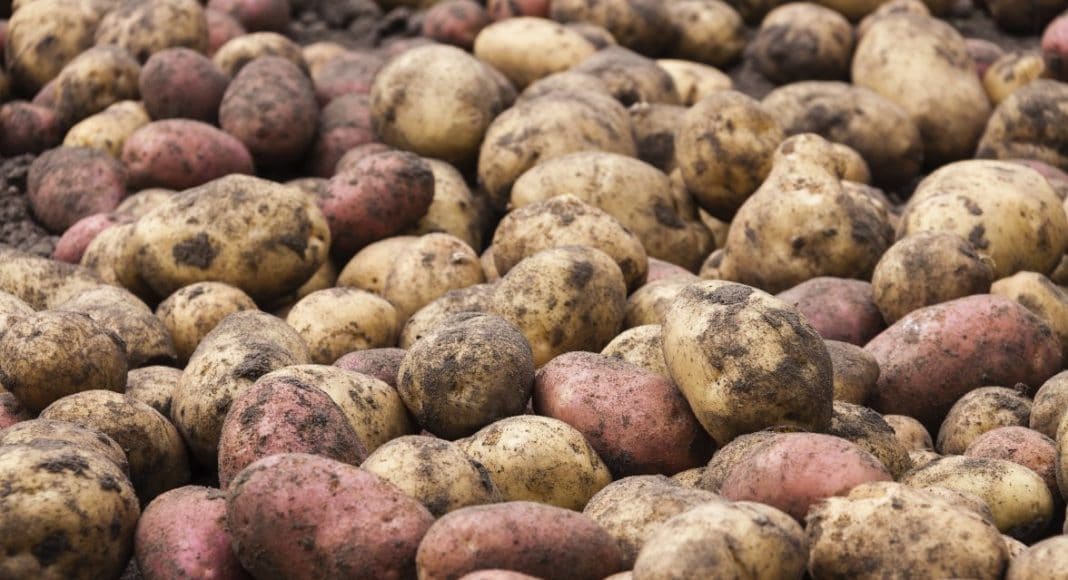With farmland and input costs as high as they are, farm margins are tighter than ever before. To be successful in farming today, farmers need to optimize their returns. In potato production, that means farmers don’t just have to grow great spuds, they have to hold onto that quality through storage. I’m happy to see that our industry is slowly changing its mindset about three long-held storage management myths which cost producers.
Myth 1: Sprout-free is Good Enough
Until recently, most farmers would define ‘good’ storage as getting to sale day with only minimal sprouting. CIPC can (usually) ensure tubers don’t get rejected by a processor or distributor for excessive sprouting. That’s all it can do, however. That’s because CIPC is a sprout suppressant. As such, managing sprouting is all it is designed or able to do.
1,4-SIGHT (1,4-DMN), on the other hand, is a dormancy enhancer, which is entirely different than spout suppression. Yes, 1,4-SIGHT effectively manages sprouts. However, as a dormancy enhancer, the sprout suppression is just one result – essentially a beneficial by-product – of improved dormancy control. Enhanced dormancy carries multiple benefits in addition to sprout suppression: faster pile settling, decreased moisture loss, enhanced tuber turgidity, decreased pressure bruise, black spot and shoulder bruise.
Myth 2: Storage Management Begins After Suberization
Harvest is exhausting. Producers often appreciate the suberization window since it gives some breathing space before a sprout suppressant (CIPC) needs to be applied. But here’s the thing: storage losses start the moment your tubers enter your storage building and start respiring. In fact, that settling period can cost significant money as tubers lose moisture, get bruised, and – in some cases – move towards sprouting in the days after door closure. While adding to the harvest-season workload isn’t fun, applying 1,4SIGHT at bin closure helps quiet a pile quickly, reducing storage season losses. Specifically, 1,4DMN has been shown to trigger fungistatic and water-loss-limiting genes to retain tuber quality and minimize shrinkage.
Myth 3: Storage Management = Once-and-Done
CIPC is easy: apply it once post-suberization and you’re mostly set for the storage season. But just as the best producers are hands-on managers throughout the growing season, the best storage results come when one responds to the unique and changing needs of a crop in storage. Yes, 1,4DMN requires multiple applications. However, the benefits of enhanced sustainability, flexibility, quality, and salable yield easily offset the additional management effort required.
Our industry has taken big strides forward in production. It’s time our attitudes about storage caught up.
Related Articles
How to Help your Pile ‘Sleep In’








